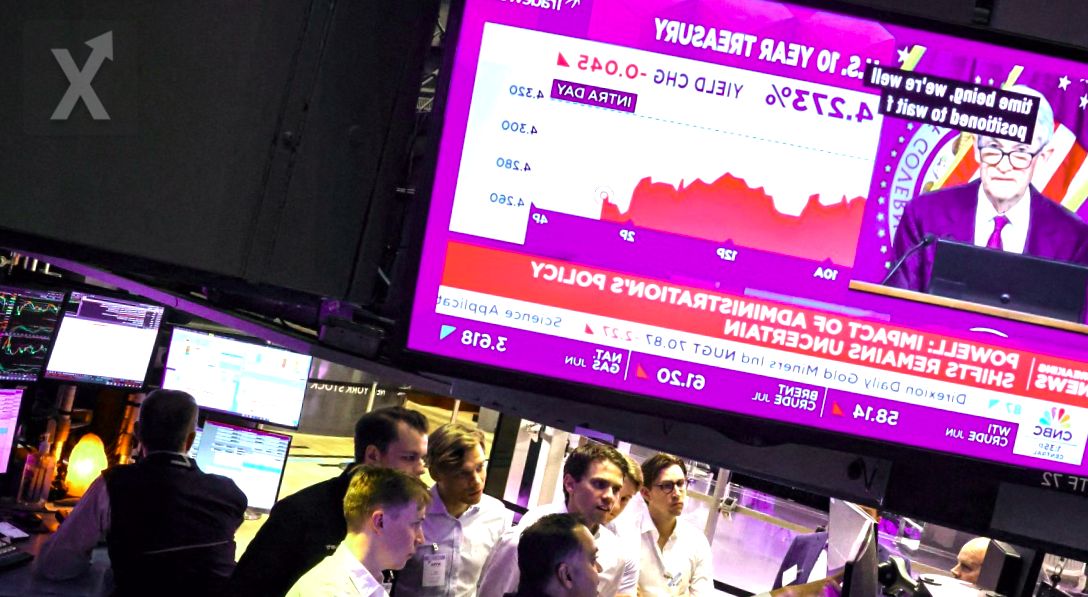The Fed Decides to Keep Rates Unchanged and Warns About Inflation and Unemployment

The Federal Reserve decided to keep interest rates unchanged on Wednesday, although it warned that the risks of higher inflation and unemployment have increased, further complicating economic projections at a time when the central bank faces challenges stemming from the tariff policies implemented by the Trump administration.
According to the Fed’s statement, the economy continues to be "solidly expanding." It attributed a decrease in first-quarter production to record imports, as businesses and consumers rushed to beat new import taxes. The labor market remains "strong," and although inflation is still "somewhat elevated," the Federal Open Market Committee reiterated its previous message. However, it now highlights risks that put the Fed in a difficult position in the coming months. "Uncertainty in economic projections has risen," the FOMC stated at the conclusion of a two-day meeting where it unanimously agreed to maintain the central bank's benchmark interest rate within the range of 4.25% to 4.50%. "The Committee is attentive to the risks on both sides of its dual mandate and considers that the odds of an increase in unemployment and inflation have risen," the statement noted. In a press conference following the FOMC meeting, Fed Chair Jerome Powell stated that "despite the increasing uncertainty, the economy remains on solid ground." He emphasized that the Fed's policy should be flexible. "We believe that the current direction of monetary policy places us in a good position to respond in a timely way to potential economic changes," he pointed out. Powell also highlighted that trade policy remains a key source of concern that necessitates a wait-and-see approach from the Fed. "I don’t think we can foresee (...) which way this will go," he mentioned, adding, "I believe there's a lot of uncertainty about where trade policies will land." The direction of monetary policy will depend on how these risks evolve or, in the worst-case scenario, whether inflation and unemployment rise simultaneously, forcing the Federal Reserve to decide which risk is more pressing in implementing its monetary policy. A weaker labor market could support the idea of lowering interest rates, while higher inflation would require monetary policy to stay tight. "For now, the Federal Reserve remains on the lookout for clarity amid the uncertainty," commented Ashish Shah, public investment director at Goldman Sachs Asset Management in New York, in emailed statements. The Fed's monetary policy rate has remained constant since December, as officials attempt to gauge the impact of the tariffs imposed by President Trump, which have increased the chances of higher inflation and weaker economic growth this year.
Against the current backdrop, it is crucial for investors to maintain a diversified strategy and be prepared to adapt to any monetary policy changes that may arise. The economic situation can be agile, so staying well-informed and reacting promptly is essential to mitigate risks and seize opportunities in the market.






